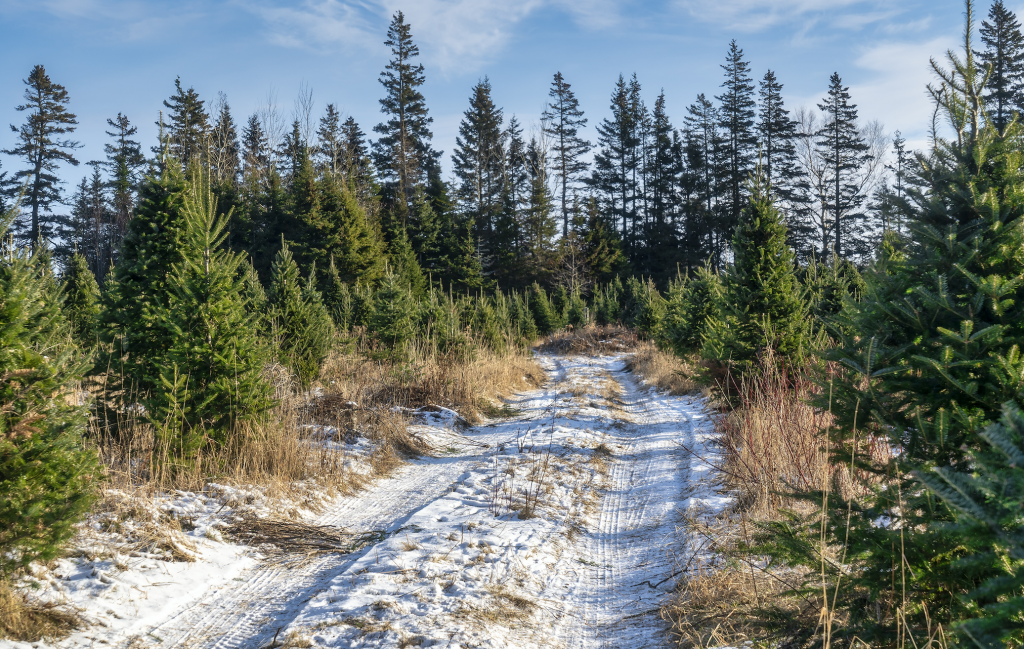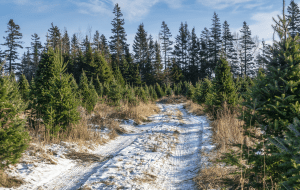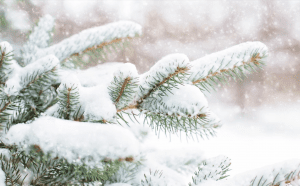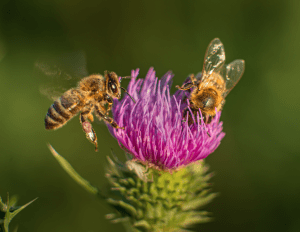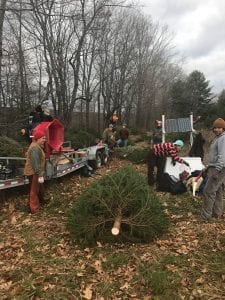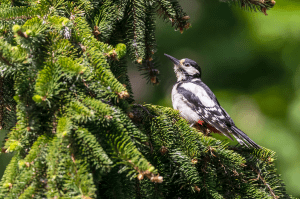
The Christmas Tree Industry has recognized and identified many of the numerous detractors which impact Balsam Fir. Whether the insect, disease or fungi is an outright assassin of Balsam or simply impacts its market quality we have learned how to deal with many of the pests that can affect tree crops.
Never to be overlooked, there is one non-pest that has great potential to negatively impact the quality of your tree lot. This impact can be more than all of the diseases, insects, and fungi combined – and that slow silent destroyer is shade.
The dictionary definition of shade is: to shelter or screen by intercepting radiated light or heat. Now, this seems like it might even be pleasant, but if it reduces the duration or intensity of photosynthesis within the needles of our trees the result is that they are losing growth, colour and density as a result of shade damage.
Balsam Fir is a pioneer species but will survive in all kinds of light conditions.
In order to produce healthy quality Balsam Fir trees that will stand out in the marketplace – they require full sunlight.
When sunlight is blocked from Balsam Fir, the photosynthesis activity is reduced in individual needles in two ways, duration and intensity. A ten-hour sunlight period is reduced to eight hours when the sun has to rise an for an extra hour to shine over the top of shade trees in the mornings, and again in the evenings. This represents a 20% loss of sun exposure to the needles each day.
Additionally, if the limbs and tops of the shade trees continue to block a percentage of the light throughout the day, the intensity of the needle activity on the affected trees is reduced.
Balsam Fir that is impacted by shade conditions will suffer from imbalance within the four faces of brush. There are usually two heavier faces with two lighter faces, weak bottoms, and no brush development on two faces. The trees generally have a less desirable lighter appearance.
Shade conditions can be caused from a single large tree blocking the sunlight from smaller young trees on a Christmas tree lot.
The problem may be much more extensive if it involves the boundary trees on all sides. Each year’s new vertical growth of such shade causing trees can affect your tree lot with meters of unwanted shade extending across its borders.
The upside of removing shade conditions is that most Balsam Fir will improve within two seasons, though response time will vary with different management techniques. Whatever you do, you should take a good look around your tree lots to determine is you have shade damage on your trees. After this take the correct and appropriate steps to correct the problem.
This blog is an adaptation of The Slow Silent Destroyer: Shade by Murray Crouse. It was published in the 2021 Spring Edition of the Christmas Tree Council of Nova Scotia Journal

